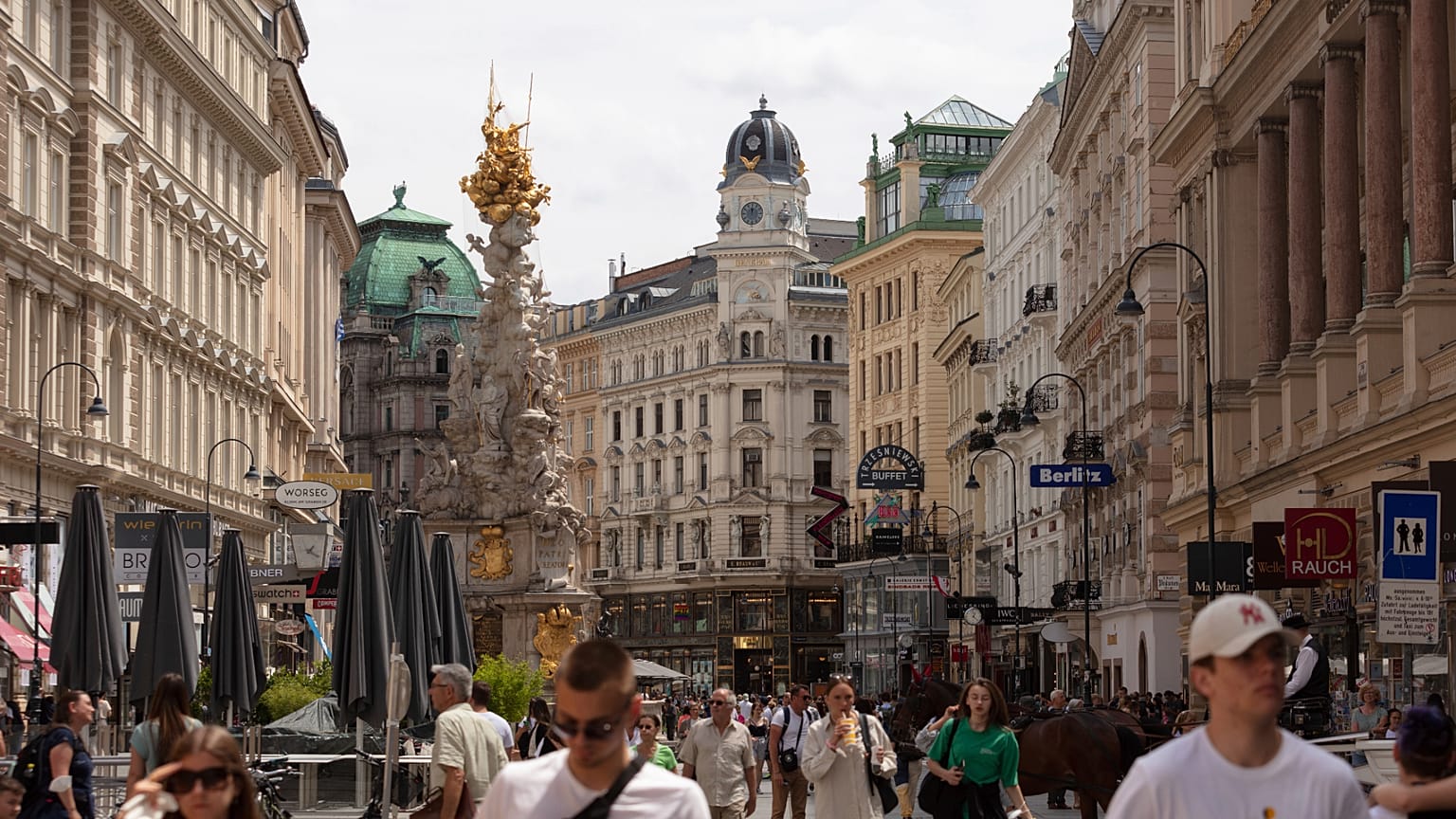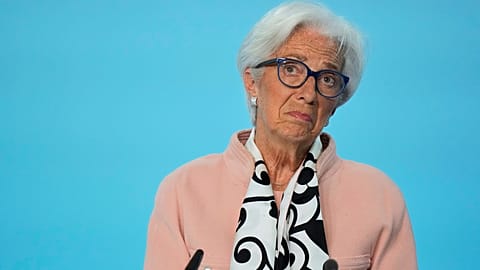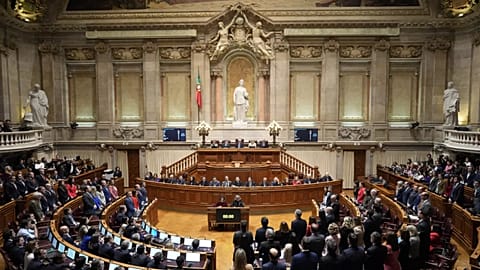Eurozone inflation rose to 2.2% in September, its highest in five months, driven by services and energy. Core inflation held at 2.3%, suggesting underlying pressures remain firm. The data reinforces the ECB’s stance to keep rates on hold for now.
Price pressures across the eurozone picked up pace in September, reaching their highest level since April, but the rise is unlikely to alter the European Central Bank's (ECB's) wait-and-see approach.
Annual inflation in the eurozone rose to 2.2% in September, up from 2.0% in August, according to Eurostat’s flash estimate. The reading was in line with economist expectations. On a month-on-month basis, prices edged up 0.1%, mirroring August's figure.
Core inflation, which excludes volatile food and energy prices, held steady at 2.3% for the fifth month running, offering reassurance that underlying price pressures are not gaining momentum, even as headline figures rise.
Among inflation’s key drivers, services led the pack with a 3.2% annual increase, slightly up from 3.1% in August.
Food, alcohol and tobacco prices rose 3.0%, easing from 3.2%, while non-energy industrial goods were stable at 0.8%. Energy prices continued to shrink, but at a slower rate, down 0.4%, compared to 2.0% in August.
Estonia posted the highest inflation rate at 5.2%, followed by Croatia and Slovakia at 4.6% each. At the other end of the spectrum, Cyprus recorded no annual change, and France saw a mild increase of 1.1%.
Monthly trends were more striking in some areas. Italy and Portugal led with price increases of 1.3% and 1.0% respectively, suggesting some localised acceleration.
What does this mean for the ECB?
At its September meeting, the ECB chose to keep interest rates unchanged, maintaining the deposit facility at 2.00%. Projections published then showed inflation expected to average 2.1% in 2025, easing to 1.7% in 2026, before nudging back up to 1.9% in 2027. Core inflation is seen gradually declining over the same horizon.
President Christine Lagarde said the ECB is “in a good place” to hold rates steady, with no urgency to either tighten or ease policy further.
The latest inflation figures appear to validate that stance.
According to Riccardo Marcelli Fabiani, senior economist at Oxford Economics: “The outlook has not changed and still clearly points to inflation descending thanks to cooling wage growth, low energy prices, a stronger euro, and contained demand-side pressures.”
He added: “The road clearly leads downhill; we’ve just been driving up a short ramp. But given the ECB’s recent hawkish tone, the September inflation uptick will reinforce its conviction that it’s too early to consider cutting rates.”
Markets widely expect the Governing Council to keep rates unchanged at its next meeting on 30 October.
Markets eye US shutdown risks
The euro climbed to 1.1750 against the US dollar on Wednesday, buoyed by a broader selloff in the greenback following the US federal government shutdown.
The shutdown, which could furlough hundreds of thousands of workers and delay economic data releases — including the key nonfarm payrolls report due on Friday — weighed on investor sentiment, with futures on Wall Street declining.
Equity markets across Europe were mostly muted. The EURO STOXX 50, Germany’s DAX, and France’s CAC 40 all notched up 0.3%, and Italy’s FTSE MIB edged 0.1% lower.
The broader EURO STOXX 600 performed better, up 0.5%. Among individual movers, Sartorius led gains with a 9% surge, followed by Sanofi and Novo Nordisk, up 4% and 3.3% respectively.
Defence stocks lagged: Rheinmetall dropped 2.3%, Leonardo fell 2%, and Thales lost 1.4%.


















